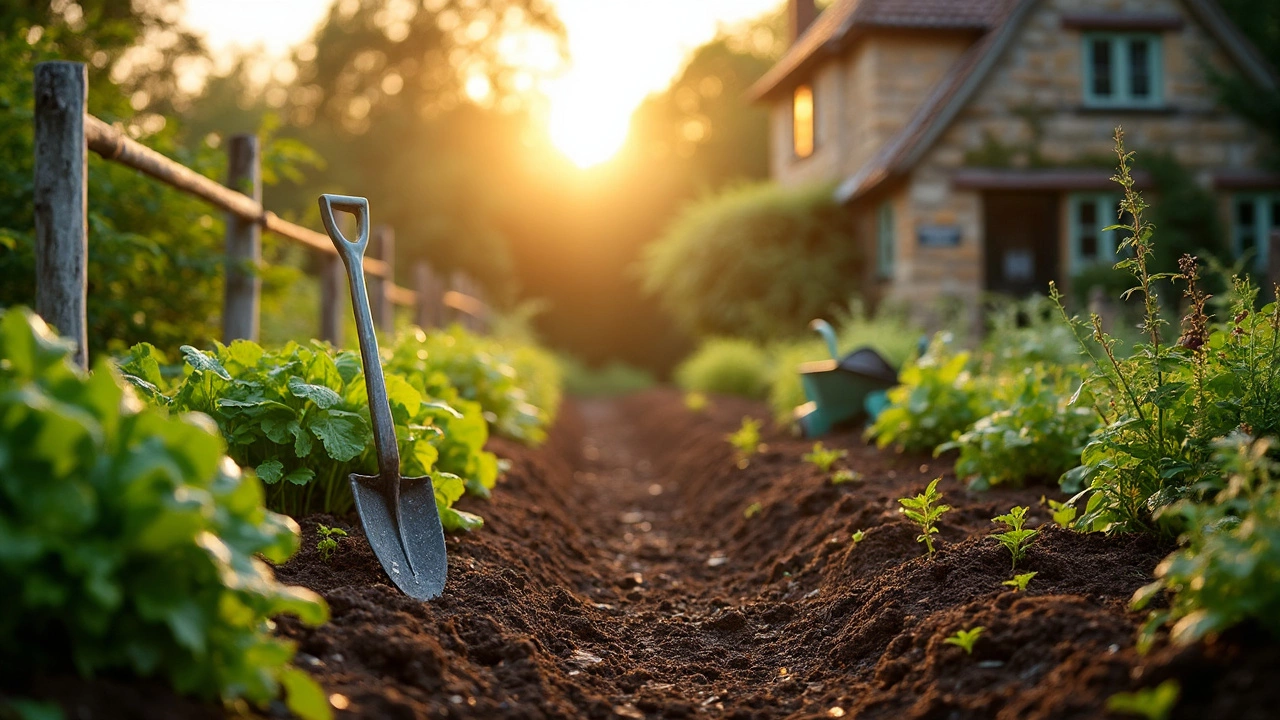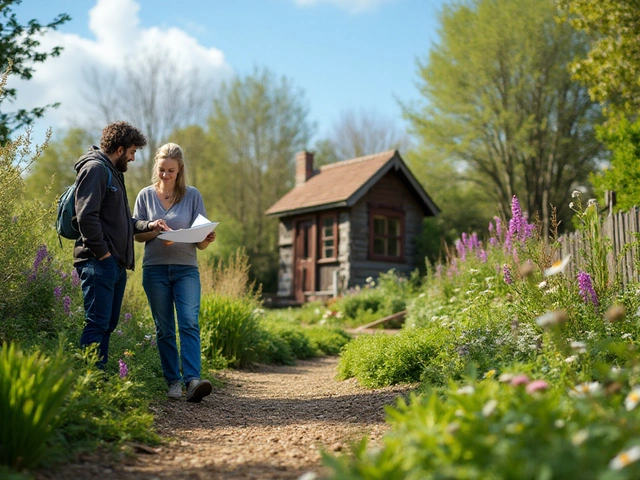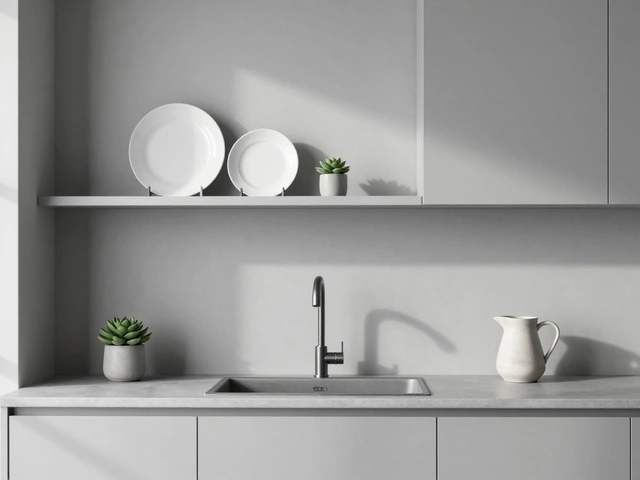Wait for the perfect moment after tilling? You’d think dirt is just dirt, right? If only it were that simple! I once ruined a batch of spinach by planting too soon after breaking ground—lesson learned the hard way. Turns out, timing matters just as much as seeds and sunshine. So, if you’re asking “how long after tilling can you plant?” you’re not alone. Whether you’re starting a backyard veggie patch or leveling up your flower beds, getting this right makes all the difference between lush growth and bare, muddy disappointment. Let’s decode how to nail your timing and why it might just save your garden dreams this season.
What Really Happens When You Till and Why Timing Plays a Huge Role
First, let’s unzip what tilling does to soil. Tilling churns everything up—breaking up compacted dirt, mixing in organic matter like compost or leaf mold, and pulling up weeds for a bit of a head-start. But here’s the tricky part no one tells you: tilling wakes up your whole soil ecosystem in a sudden rush, like turning on the lights in a dark room. Bacteria, fungi, earthworms, and tiny critters all go into party mode, decomposing whatever organic material is in there—which is great, except this sudden activity can leave your soil unstable for planting just yet.
If you plant immediately into freshly tilled ground, especially if it’s damp or clay-heavy, roots can struggle as the soil resettles. It can crust over, cutting plants off from oxygen or, after heavy rain, compact so tightly roots just can’t push through. Plus, soil that’s too fluffy will settle unpredictably, meaning seeds or transplants might sink or get buried—a nightmare for little sprouts.
The golden rule? Give nature time to stabilize. Microbes need a little window to settle down post-till, organic matter needs a dash of time to start breaking down, and the structure of the soil needs to “re-knit” itself so it supports plant roots instead of caving in. Think of it as letting a cake cool before icing it—rush it, and things just flop apart. Cool fact: in 2023, a Colorado State University trial found that waiting just a week after tilling improved tomato seedling survival by 24% compared to immediate planting. That’s a real, measurable payoff.
Most home gardens benefit from waiting anywhere between 2 days to 2 weeks after tilling before planting. This window depends on what you’re growing, your rainfall, soil type, and whether you added compost, manure, or fertilizer as you worked the soil. Soil with fresh manure or high-nitrogen amendments? Give it at least 10 days for microbes to process the nutrients, so you don’t burn those baby roots. Sandy or loose soil? Sometimes you can shave the wait to 2-4 days, if it isn’t overly wet. Heavy clay or very damp conditions? Two weeks is safest, or until soil is crumbly but not sticky to the touch.
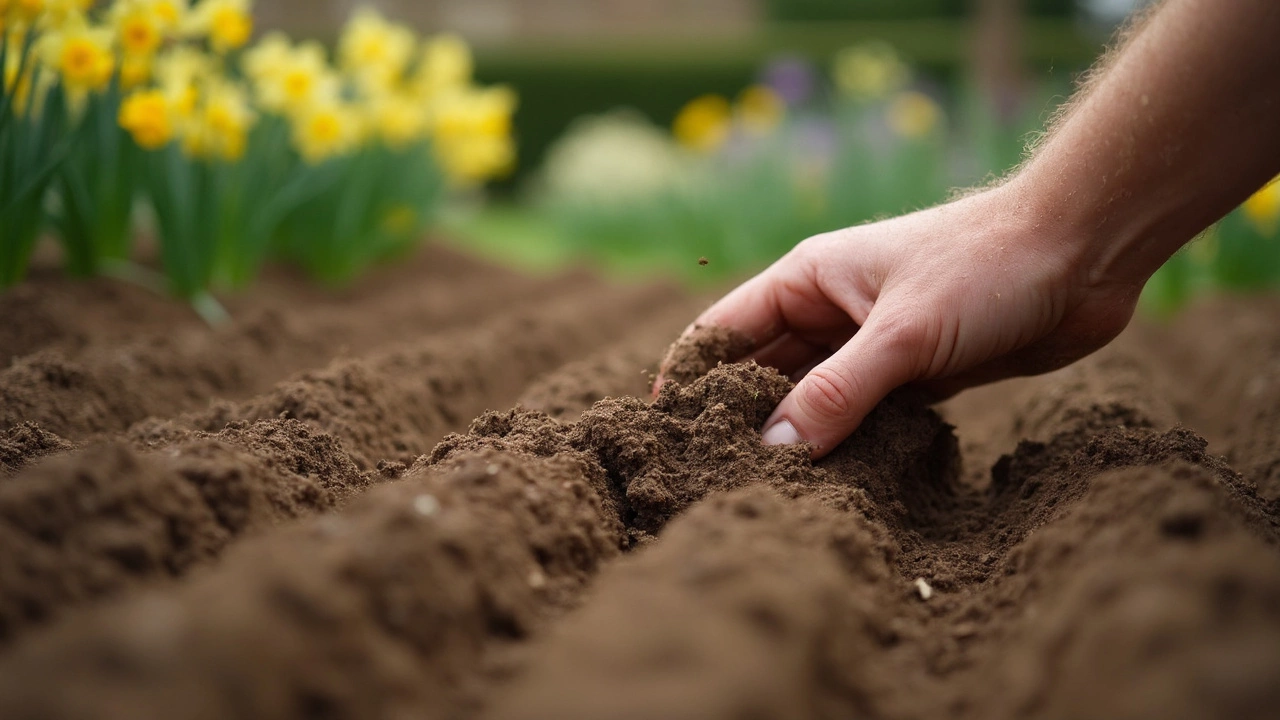
How to Tell If Your Soil Is Ready for Planting
Let’s get practical: don’t overthink gadgets, just use your hands and eyes. Grab a handful of tilled earth and squeeze. Does it form a sausage like modeling clay? It’s too wet—wait! If it crumbles apart in your palm and barely holds together, you’re in business. If it's bone-dry and dusty, moisten gently with the hose so new plants don’t fry.
Color is a secret clue. When tilled soil shifts from dark and shiny (wet) to a soft, even shade (damp but airy), it’s heading in the right direction. Watch for puddles—if water is still pooling in low spots, planting now spells disaster for root rot. Walk over your patch: are muddy clumps sticking to your boots? Wait a day or two. No stick and no prints? That’s a green light.
Been battling weeds? Here’s a fun hack: after tilling, water the patch lightly and wait several days. A flush of weeds might pop up. Hoe or pull them out before planting seeds—this eliminates the first big wave, making weed control easier all season. Turns out, Archer swears by this “pre-weed” method for our summer squash bed and it works like magic.
For readers who like data, I pulled up a table from the University of Nebraska’s soil science team showing how days-to-planting varies by soil type and weather:
| Soil Type | After Tilling, Wait (Dry Weather) | After Tilling, Wait (Wet Weather) |
|---|---|---|
| Sandy | 2-3 days | 4-5 days |
| Loam | 3-5 days | 7-8 days |
| Clay | 7-10 days | 14+ days |
Notice the spread: wet clay is the most stubborn, sandy soil bounces back quickly. Trust your local weather forecast and adjust accordingly. If there’s a late spring rain after you till, add a few recovery days before you bust out the seeds.
Besides touch and timing, keep an eye out for earthworm activity—lots of wrigglers on the surface means the soil’s healthy and microbially active, ready to support young roots. Fewer worms or a strong ammonia smell (common after fertilizing with manure) means it needs more time to mellow. Roll a trowel through—if it glides easily without gumming up, you’re golden.
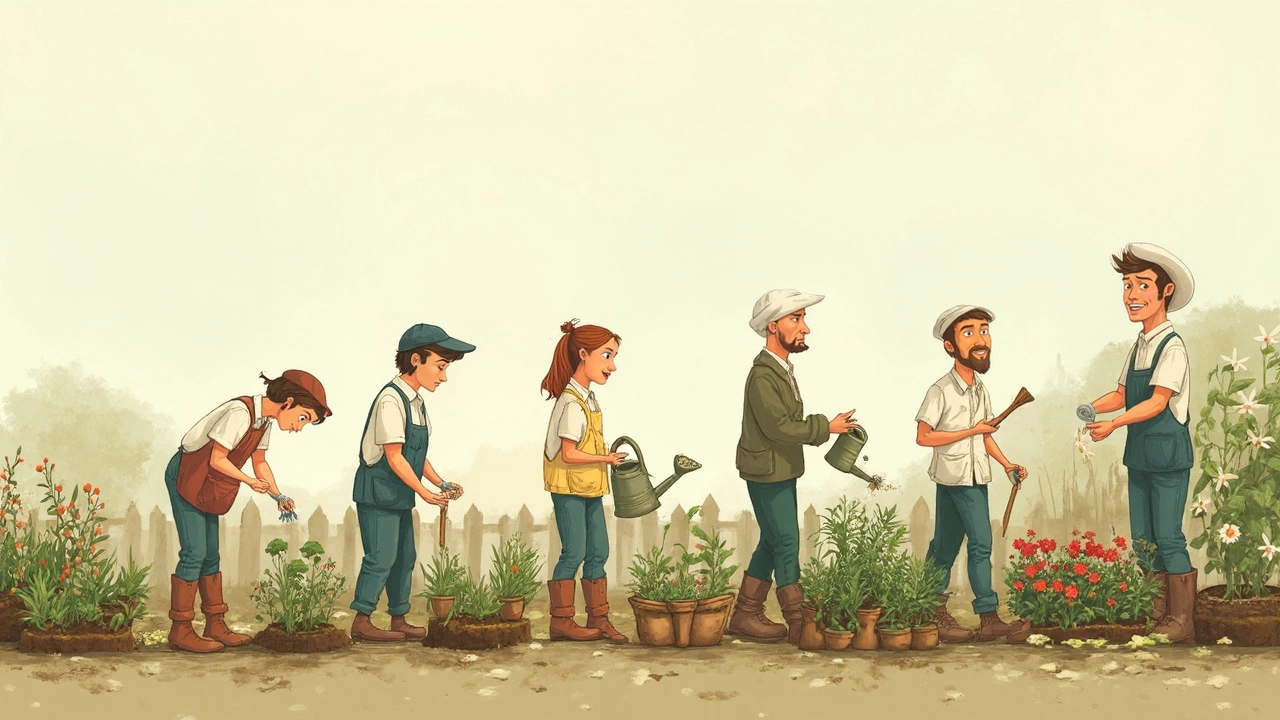
Best Practices: Steps for Planting Success After Tilling
So, you’ve waited out your window and your soil seems ready. Here’s how to lock in success after tilling—because it’s more than just poking holes and dropping seeds.
- Level, Don’t Compact: Lightly rake over the tilled bed to level out dips so water flows evenly. Walk on boards or paths if you must step into the bed—compacting what you just loosened is a classic rookie mistake.
- Moisture Check: Water the area gently if it’s dry, aiming for soil that’s damp but not boggy. This makes sure seeds or young transplants aren’t fighting for moisture but also prevents rot.
- Sow at the Right Depth: Freshly tilled soil can be fluffy, so press seeds gently into place. For tiny seeds like lettuce or carrot, pat down with a flat board to ensure good seed-to-soil contact without burying them. Big seeds, like beans or corn, handle uneven ground better but still benefit from tamping.
- Mulch Matters: Once you’ve planted, a thin layer of mulch—straw, shredded leaves, or even grass clippings—keeps soil moisture stable and tampers down the next batch of weeds.
- Mark and Monitor: Mark your rows clearly (trust me, it’s easy to forget exactly where those carrot seeds went), and watch daily for signs the ground is settling in. If heavy rain compacts the soil, lightly scratch the surface with a hoe before sprouts come up.
How long after tilling can you plant? Here’s a neat tip for raised beds or small patches: try laying a sheet of cardboard down for a day or two after tilling. It helps hold in moisture and keeps passing cats or critters from packing down your perfect seedbed. Just remove it before planting, of course!
If you’re direct-seeding crops like radish, arugula, or beets, earlier is often better after tilling—these guys actually enjoy looser soil and pop up through a newly-tilled bed. Transplants (like tomatoes, peppers, or flowers) are a little pickier and reward patience. They really want that stable, matured earth to anchor in.
One more tip: keep an eye out for that “soil crust”—a hard layer that sometimes forms after rain on freshly tilled beds. Gently break it up with a hoe to keep seedlings breathing easy—otherwise, tender sprouts may get stuck beneath a cement-like topping and wither.
If you’re curious about a foolproof sequence, here’s how Archer and I handle a typical spring planting schedule after tilling:
- Till under cover crops or weeds. Remove all big debris.
- Water lightly if soil’s dry and cover with a tarp, cardboard, or just leave exposed if no rain in forecast.
- Wait 3–10 days, watching daily for weed sprout flushes. Hoe out first wave of weeds.
- Test soil by hand for moisture and texture. Pull a trowel through: smooth glide means go; sticky or clumpy means wait.
- Rake smooth, then plant seeds at proper depth. For tiny seeds, gently pat surface down afterward.
- Mulch, mark rows, and water gently. Protect from heavy rain with row cover or more mulch if forecast is rough.
Whether you’re after showy sunflowers or bumper tomatoes, that pause after tilling is a secret ingredient for healthy roots. Soil isn’t just the backdrop for your garden—it’s the main stage, and timing is everything. Waiting those few extra days lets biology do its work, creating the steady base your plants crave to thrive through summer’s ups and downs. Happy digging!

